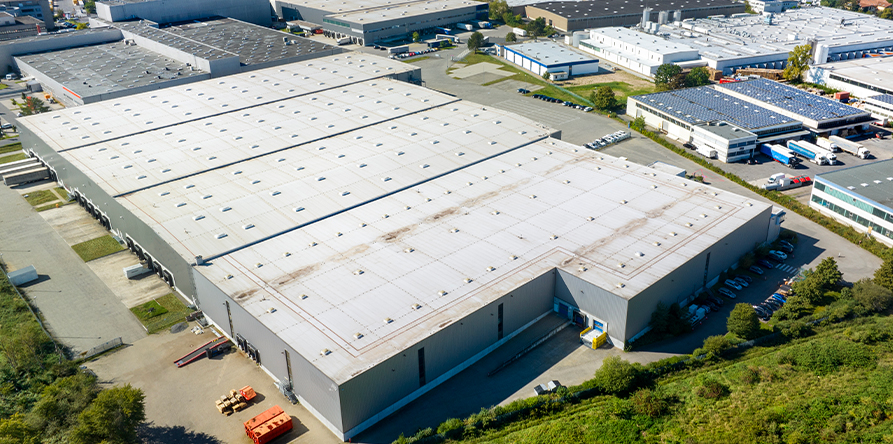
Europe comes out ‘Top Trumps’ in global real estate battle
As global markets adjust to the economic aftershocks of Liberation Day and shifting tariff regimes, European real estate is emerging as a relative outperformer. In contrast to the US, where oversupply and elevated vacancy rates are weighing on performance, Europe’s property sector is benefiting from a more balanced supply-demand dynamic, underpinned by low vacancy rates and constrained new development. Here, we examine why the region is well-positioned to deliver income growth - even in a subdued macroeconomic environment.
Originally published in June 2025, by Fidelity International.
Written by Cian O’Sullivan, Senior Research Analyst, European Real Estate.
Highlights
- Resilient European real estate fundamentals, particularly versus US markets, will facilitate income growth even in a period of weak economic activity.
- Greater certainty on net zero transition in Europe underpins a secular strand of investment opportunities in the future proofing of assets through refurbishment and repositioning.
- Historic levels of fiscal stimulus are expected to boost Europe's largest economy over the next five years while progress on controlling inflation leaves greater leeway for monetary policy to support growth in the near term if required.
While we are still in the eye of the storm as far as understanding the full ramifications of Liberation Day and the subsequent toing and froing on announced tariffs, the relative outperformance of the listed European real estate sector over this period reflects at least in part the defensive growth characteristics of the property market in Europe, typified by the low vacancy rates that prevail across most sectors and countries which should drive income growth even against the backdrop of lower economic growth due to tariff uncertainty.
As a rate sensitive asset class, European real estate has also been supported by the lowering of short-term interest rate expectations and long-term government bond yields since the tariffs were announced. Until very recently, these had been a headwind after the large package of fiscal measures announced by the new German government in March led to a selloff in sovereign bonds.
The key factors to consider in addition to moderate vacancy rates are that future supply in Europe is largely constrained, rents continue to grow, and there is an entire strand of secular growth opportunities linked to the decarbonisation of assets. At a macro level, fiscal spending will support medium term economic growth and a more balanced inflation outlook means monetary policy can act as a stronger crutch through the near-term uncertainty that lies ahead if required.
Overall, we believe the robustness of the European real estate credit market looks in somewhat better shape than that of the US, albeit with no material cracks showing so far on either side of the Atlantic. The recent decline in European sovereign bond yields and interest rate expectations should also provide some protection against valuation write downs in Europe and support with refinancing.
The picture in the US is less clear; on the one hand, the heightened probability of recession could catalyse further interest rate cuts, but on the other soaring inflation expectations may limit the headroom to do so. Improving investor sentiment is therefore a key prerequisite for unlocking further growth in deal volumes in Europe, with some additional challenges to unlock first in the US.
So, while the unwelcome developments that came from Liberation Day are still unhelpful for European real estate, the strong underpinnings and primarily domestic orientation of the sector position it as “battle ready” for the challenges and uncertainty that lie ahead, perhaps even more so than Europe’s armies!


